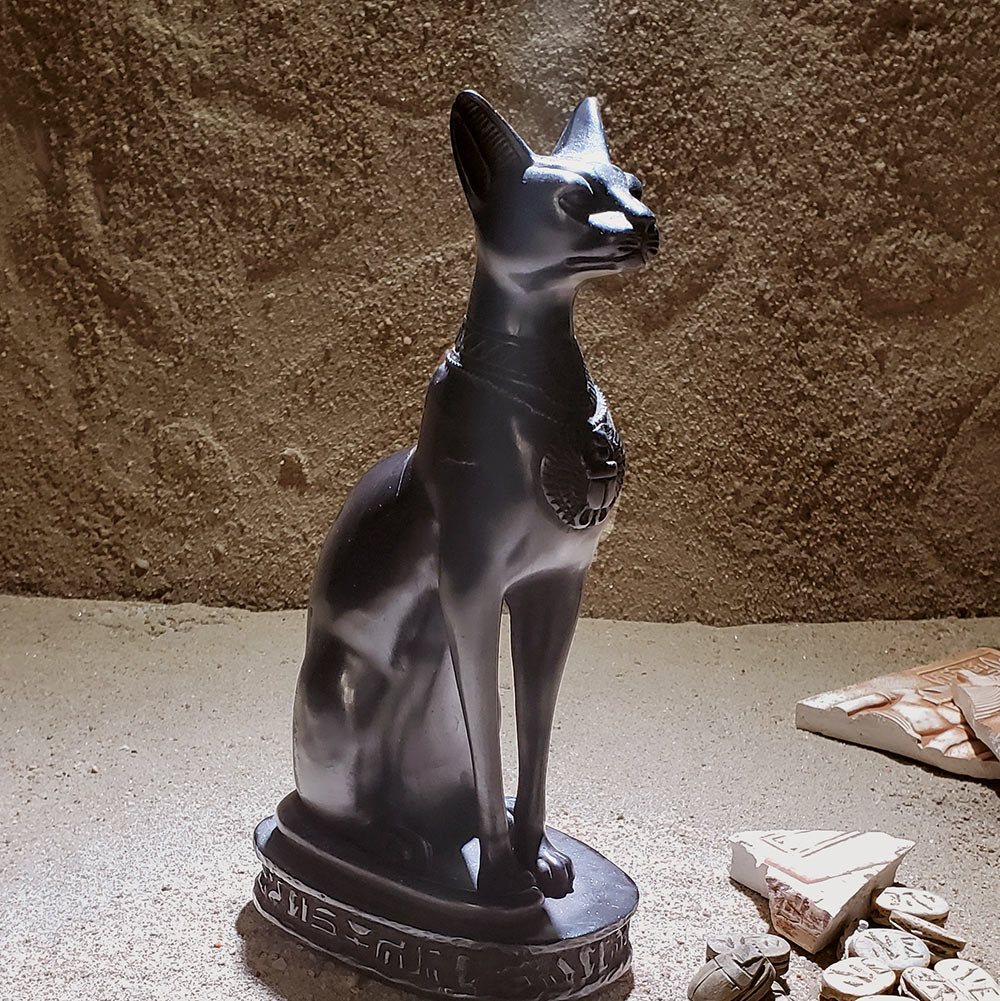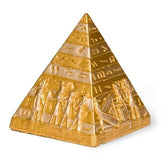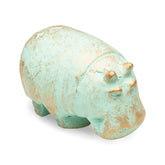Unveiling the Past: A Visit to the Grand Egyptian Museum in Cairo
Shopping at the Market in Luxor, Egypt
Cairo's Museum of Islamic Art: A Journey Through Centuries of Artistic Heritage
The Starry Night Sky in Ancient Egyptian Tombs and Temples
Meet Montu: Egypt’s Ancient Symbol of Strength and Power
Esna Temple: Unveiling the Celestial Zodiac Artwork
The Serapeum at Saqqara: A Mysterious Legacy of Ancient Egypt















